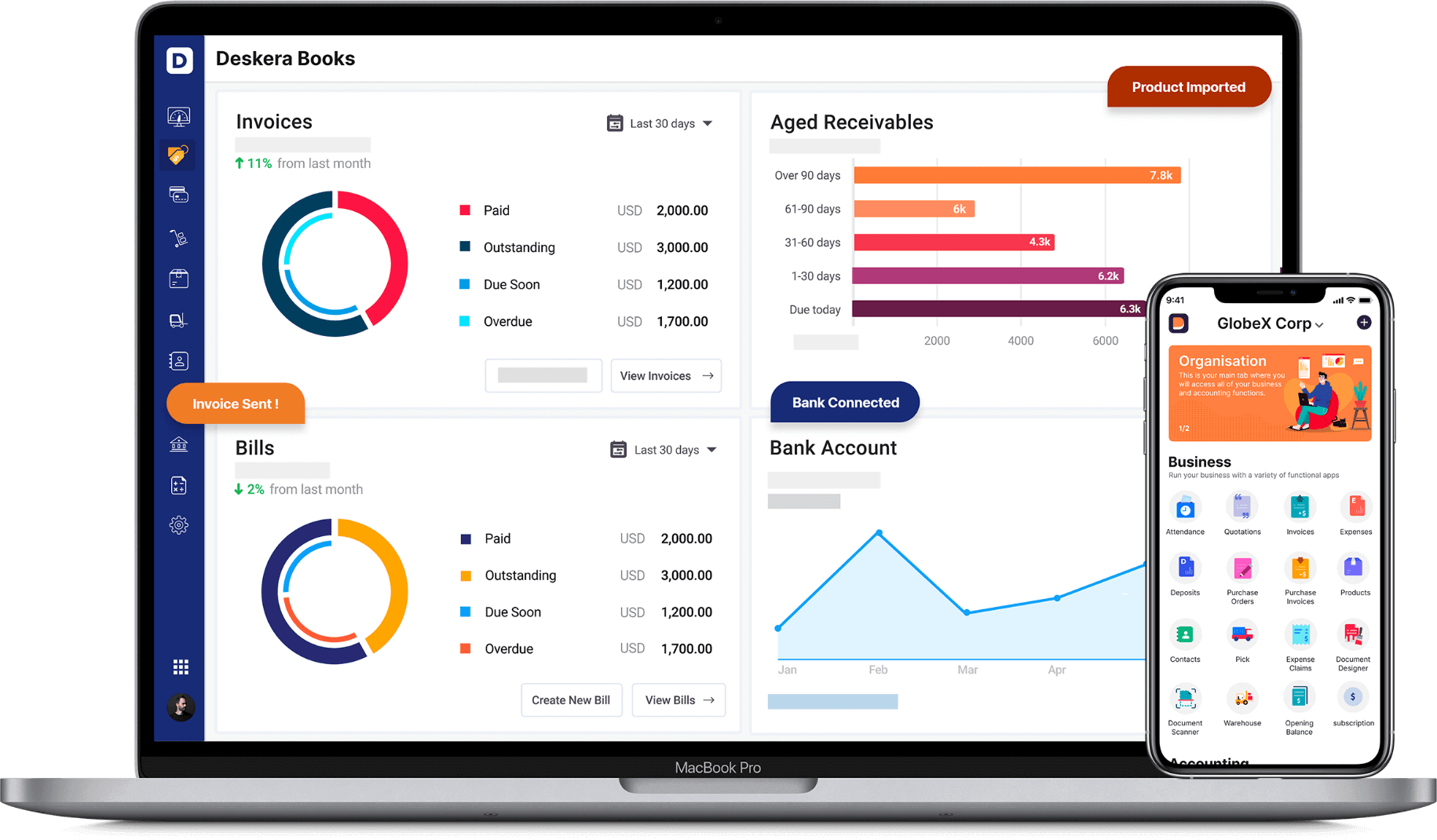If you are looking to improve your cash flow and are searching for a method to defer capital gains to the future tax years, then adopting the installment sale method can do the trick for you.
Moreover, the capacity to recognize income effectively is critical to a company's financial success. When you let your customer make the payment over a pre-agreed period of time, instead of receiving the full payment at the time of the purchase, the sale is termed installment sale.

In this post, we shall be closely looking at the different aspects associated with the installment sale, which are as follows:
- What is an Installment Sale?
- Prerequisites to Installment Sale
- Installment Method Use in Real Estate Sector
- Advantages of Installment Sale Method
- Disadvantages of Installment Sale Method
- How to Account for an Installment Sale Transaction
- Installment Sale Example
What is an Installment Sale?
An installment sale is a kind of revenue recognition adopted by the sellers in which they permit the buyer to make payments in installments over a stipulated period of time without transferring the full benefits at the time of the sale. This method enables the seller or supplier to recognize the revenue and expense while collecting cash rather than at the time of sale.
A partial postponement of any capital gain to future taxation years is done using the installment approach. The installment sale method necessitates the purchasers to make payments as agreed upon and pay the interests if the payments are paid in consecutive taxation years.
Prerequisites to Installment Sale
Installment sales can help you save money on capital gains taxes by deferring the income until it is taxed at a reduced rate.
However, it is important to note the two conditions while using it.
- The first is that if an asset is sold and payments are made over time, at least one payment must be received one year following the transaction.
- The second is that Form 6252 is used to register the installment sale.
When a product or asset is sold at a loss, an installment sale cannot be employed. In addition, the sale of stocks or other financial assets also cannot be used applying the installment sale method.
Installment Method Use in Real Estate Sector
Although the use of the installment sale method is quite usual, it is still restricted to a select few individual buyers and dealers. The real estate industry is a field where the buyer may not have to pay entire amount upfront and therefore, the installment sale works well here.
In real estate, an installment sale works best for properties that don't have any mortgages and where the seller is ready to fund the buyer's purchase. This provides the seller with a consistent stream of income over time and permits the sale to be taxed over time rather than immediately upon sale.
Advantages of Installment Sale Method
Following are the benefits of using the Installment sale method:
- While awaiting the delivery of the goods, the buyer has time to arrange the funds. The seller offers an extended period for the payment to the buyer against the goods he purchases. As a result, the buyer does not need to arrange the entire amount of money in advance.
- The seller uses this method when there is any uncertainty regarding the collection of cash from the buyer for the goods he sells. Rather than recognizing revenue and expense when the sale is made, the seller recognizes revenue and expense when the cash is collected.
- This method for recognizing the revenue by the seller against the goods sold by them is the conservative method for revenue recognition. Under this method, the gross profit is deferred from being recognized in the seller’s books because it is not appropriate to recognize profits whose collection is uncertain.
- If a capital gain arises during the transaction of goods, it can be deferred to future taxation years under the installment method.
Disadvantages of Installment Sale Method
The disadvantages of the installment sale method are:
- The process of accounting for this method could be inefficient and difficult. The process may stretch up to an extended time which could be costly for the company
- Although the installment method allows the buyer to pay later, in case the buyer fails to pay, the seller can incur losses
- The sellers’ capital remains blocked as they have invested an amount in buying the asset or the product. When they sell it at an installment term where they would be receiving it back across the stipulated timeframe, they will have to wait till the entire amount is recovered in full
- The method can be disadvantageous to the buyer as they cannot sell it till they haven’t made the entire payment and owned all the rights of the asset
How to Account for an Installment Sale Transaction?
Here are the steps you can follow to complete accounting for an installation sale:
Separate records for installment sales
You can start by keeping a track of installment sales separately from other types of sales. The receivables associated with an installment sale should be recorded, sorted by the year that they were created.
Keep track of cash receipts
Every time you receive cash in connection with an installment sale, you should keep track of that deal against which you received it.
Shift Sales Revenue Each Year
Every year, you should move the revenue from installment sales and the cost of sales into the deferred gross profit account.
Estimate Gross Profit
For all installment sales that occur during that fiscal year, calculate the gross profit rate.
Apply the Gross Profit Rate
All cash receipts that relate to installment sales from previous periods should be applied to your gross profit rate from previous years. Add the result to your gross profit.
Deferred Gross Profit Carryforward
At the end of the year, carry forward any deferred gross profit. Once you receive payment for it from the buyer, you'll need to recognize and record it.
Installment Sale Example
Let’s assume a company ABC, a manufacturer of wooden art work, sells a product at the price of $10,000 in the month of January. The cost to the company for the furniture is $4,000. The gross margin, therefore, comes out to be 60%. In the deal, the customer is required to pay a monthly installment payment of $2,500. They must pay the installments until the amount has been covered entirely.
The journal entries for the above deal are:
Journal entries for the initial payments are as above. The gross profit will be 60% of $10,000, and the remnant 40% will be the COGS (Cost Of Goods Sold).
These are the journal entries for the installments paid, and revenue recognized. The journal entries for the months of March, April, and May will be similar to the ones shown in the above table.
How can Deskera Help You?
Simplify and streamline your accounting procedures along with automating your journal entries with Deskera Books. Analyze all your inventory, balance sheets, income statements, and generate financial reports, monitor accounts receivables, and a lot more.

Learn about the exceptional and all-in-one software here:
Key Takeaways
Revenue recognition is essential and integral to estimating the financial progress of any business. Let us also look at the other points discussed in the post:
- Installment sale is a type of revenue recognition method in which the buyer is allowed to make the payment for an extended period of stipulate time
- Revenue and expense are recognized at the time of cash collection rather than at the time of sale in the installment sale method
- An installment sale is used when the control or ownership is not entirely transferred at the time of sale
- An installment sale is used when the control or ownership is not entirely transferred at the time of sale and there is a lot of ambiguity in the collection of cash
- The installment sale method is very commonly applied in the real estate sector but only a few individual dealers and buyers are allowed to use it
- This strategy is beneficial for taxpayers who want to postpone capital gains to later years
Related Articles













